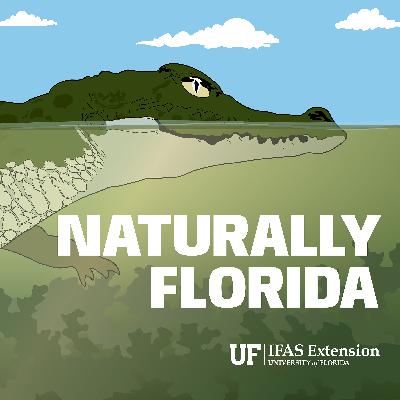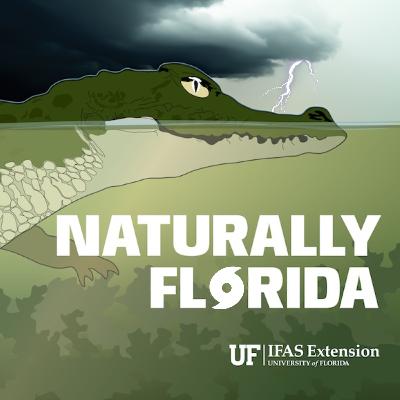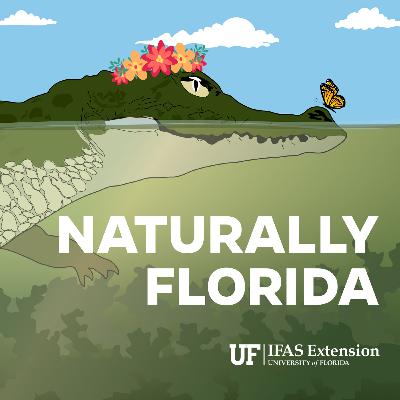Surviving the Squeeze: The Lower Keys Marsh Rabbit
Description
The marsh rabbit is a medium-sized rabbit with short, rounded ears, and small feet. It is similar in appearance to the more familiar eastern cottontail rabbit but without the white color of their tail. The marsh rabbit is found in the southeastern United States from southeast Virginia (in the Dismal Swamp), along the east coast to eastern Alabama, and the Florida peninsula and the islands along the coast of Florida. There is a subspecies of the marsh rabbit, which is endangered and only found in (endemic to) the lower Florida Keys. Marsh rabbits live near freshwater and brackish marshes and wet prairies and can even be found in flooded agricultural fields. The main threat to marsh rabbits is habitat loss from human development and fragmentation. Their population also declines due to hurricanes and coastal flooding. This is especially true for the Lower Keys Marsh Rabbit. The Lower Keys Marsh Rabbit population has been declining since at least the 1960s because of the loss and degradation of suitable habitats because of human development. The Lower Keys Marsh Rabbit was once common throughout the Lower Florida Keys (the Lower Florida Keys begins at Big Pine Key and ends at the island of Key West) but is now only found on 13 islands. Sea level rise has been projected to seriously threaten the population and its ability to survive on these islands. The threat of sea level rise has grown because these coastal ecosystems cannot migrate inland due to human development and infrastructure, often called coastal squeeze.
Learn More:
Lower Keys Rabbit: https://myfwc.com/wildlifehabitats/profiles/mammals/land/lower-keys-rabbit/
Lower Keys Marsh Rabbit: https://www.fws.gov/species/lower-keys-marsh-rabbit-sylvilagus-palustris-hefneri
Marsh Rabbit: https://myfwc.com/wildlifehabitats/profiles/mammals/land/marsh-rabbit/
This or That? Eastern Cottontail or Marsh Rabbit: https://youtu.be/maFhVuEC6jU
How You Can Help:
Get involved with your local city or county leaders and elected officials. Advocate for low impact development, green infrastructure and living shorelines where possible.
Keep your cat indoors and do not support feeding of feral cat populations.
Practice sustainable tourism when visiting the Florida Keys or anywhere in Florida. Check out Car Free Key West (https://www.carfreekeywest.com/), Florida Green Lodging (https://floridadep.gov/osi/green-lodging), and the Florida Friendly Fishing Guide Certification Program (https://www.flseagrant.org/fisheries/florida-friendly-fishing-guide-certification-program/)
Sources for this Episode:
Impacts of a half century of sea-level rise and development on an endangered mammal: https://onlinelibrary.wiley.com/doi/10.1111/gcb.12024
Population Estimation and Monitoring of an Endangered Lagomorph: https://www.jstor.org/stable/41418016
Lower Keys Rabbit: https://myfwc.com/wildlifehabitats/profiles/mammals/land/lower-keys-rabbit/









